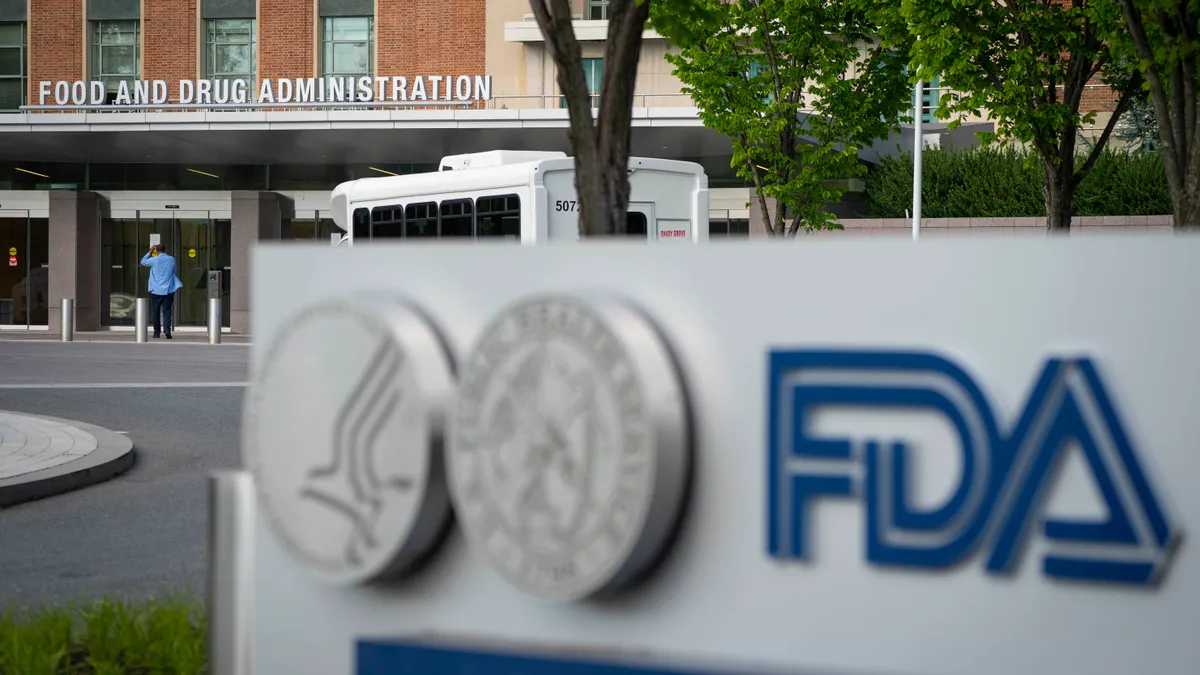Dive Brief:
- Supplies of laboratory reagents, testing components and transport media are expected to normalize in the first half of 2023, ending shortages that date back to early in the pandemic, according to the Food and Drug Administration.
- In its latest medical device shortage update, the FDA revised the estimated durations of the supply disruptions for multiple products used in response to COVID-19.
- The agency expects most pandemic-related shortages to end by the middle of the year. The two exceptions are continuous, home-use ventilators and clinical sample concentrators.
Dive Insight:
The FDA’s medical device shortage page as of December 2022 listed 16 supply disruptions that were forecast to last for the duration of the COVID-19 public health emergency. With the U.S. government set to end the public health emergency in May, the regulator has revised its forecasts for most of the products.
The FDA now predicts the supply of multitarget respiratory specimen nucleic acid tests, micropipettes, microbiological specimen collection devices and other products used in response to the pandemic will return to normal in the first half of the year. Many of the shortages date back to the creation of the list of supply disruptions in August 2020.
However, the FDA is yet to give a date for the end of other supply disruptions. The agency updated its forecast for the shortage of “continuous ventilator, home use” devices without providing more details. Having previously said the shortage would last for the duration of the COVID-19 public health emergency, the FDA now says that “at this time” data aren’t available to estimate how long the disruption will last.
The FDA also hasn’t set an end date for the shortage of “clinical sample concentrator” devices. The shortfall is still forecast to last for the duration of the COVID-19 public health emergency.
Officials used the update to extend the shortages of several other products. Prior to the latest update, the FDA forecast that the supply of wearable and non-wearable automated external defibrillators would return to normal by the end of 2022, and that the shortage of “saline, vascular access flush” devices would end by October 2022. The shortfall now is expected to continue until the end of 2023.











